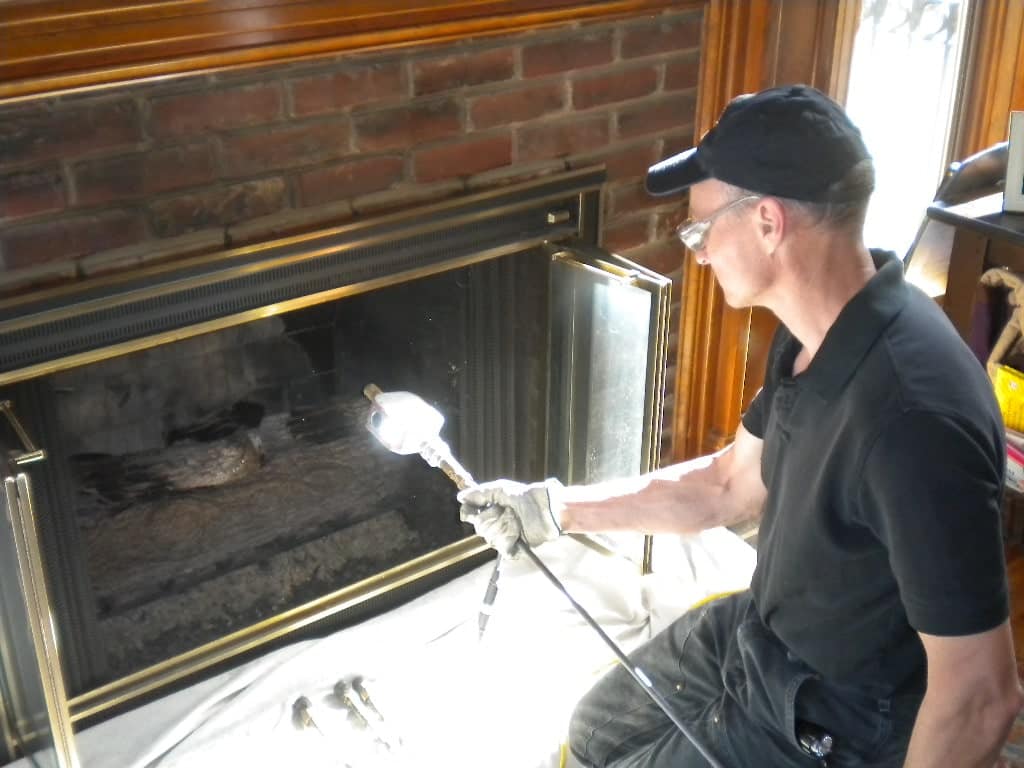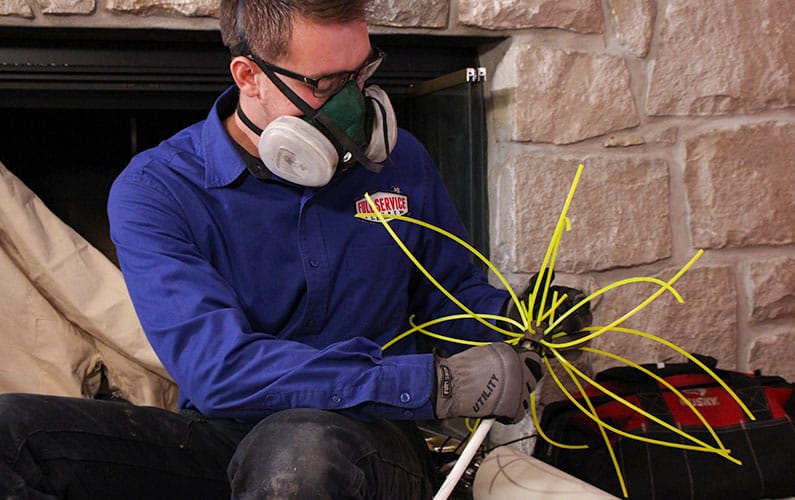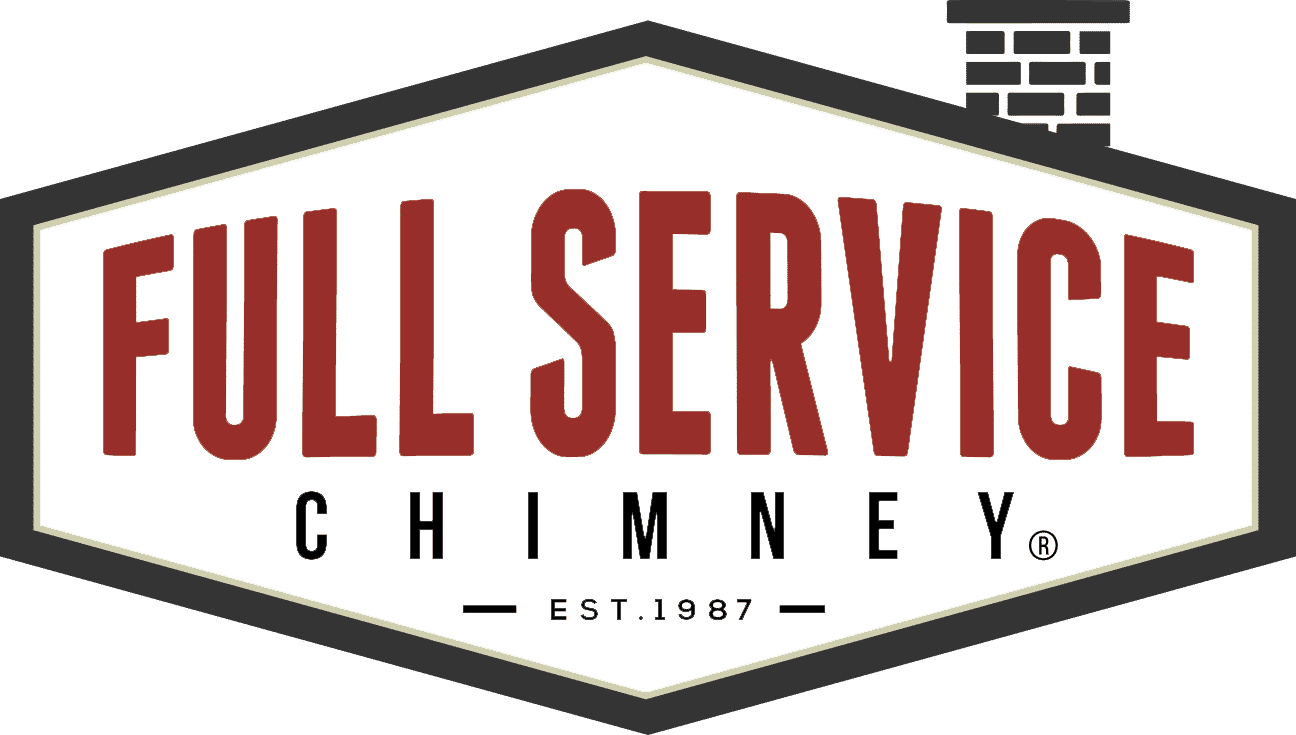Maintaining good air quality at home is essential for the health and well-being of all its occupants. While many factors contribute to indoor air quality, one often overlooked aspect is the state of your chimney. A clean chimney plays a crucial role in ensuring that the air inside your home is free from harmful particulates and pollutants. As we move into the warmer months, spring emerges as the ideal time for chimney cleaning. This blog post will explore the importance of chimney cleaning for enhancing air quality, the benefits, and the process involved, providing homeowners with the knowledge to take effective action this spring.
Benefits of Cleaning Your Chimney
The benefits of cleaning your chimney extend far beyond simply removing soot and debris. Here are several compelling reasons why chimney cleaning is a crucial aspect of home maintenance:
Improved Indoor Air Quality
One of the most immediate benefits of a clean chimney is enhanced indoor air quality. By removing soot, ash, and creosote, you ensure that these pollutants do not enter your home. This means a significant reduction in airborne particulates, making the air in your home cleaner and healthier to breathe.
Efficient Functioning of Your Fireplace or Heating System
A clean chimney allows your fireplace or heating system to operate more efficiently. When the flue is clear, smoke and gases are vented out more effectively, improving the draft and ensuring that your fireplace burns more cleanly. This not only enhances the heating efficiency of your home but also helps conserve fuel, saving you money in the long run.
Prevention of Chimney Fires
Creosote buildup in the chimney is a leading cause of chimney fires. This highly flammable substance can ignite if the chimney walls become excessively hot, posing a significant fire hazard. Regular cleaning reduces creosote levels, thereby minimizing the risk of a dangerous chimney fire.
Extended Lifespan of Your Chimney and Heating System
Regular maintenance, including chimney cleaning, helps extend the lifespan of your chimney and heating system. By preventing the accumulation of damaging residues and identifying potential issues early, you can avoid costly repairs and replacements. Clean chimneys are less prone to structural damage, ensuring that your chimney remains in good working order for many years.

Signs That Your Chimney Needs Cleaning
Knowing when your chimney needs cleaning is crucial for timely maintenance. Here are some telltale signs that indicate it’s time for a chimney cleaning:
Excessive Smoke Inside the Home
If you notice an unusual amount of smoke filling your living space when you use your fireplace, this is a clear sign that your chimney might be obstructed. Blockages prevent proper ventilation, causing smoke to back up into your home.
Unpleasant Odors Emanating from the Fireplace
Strong, unpleasant odors coming from the fireplace, especially during warmer months, can indicate creosote buildup. This buildup emits a distinct, acrid smell as it degrades, signaling the need for a thorough cleaning.
Soot Buildup Around the Fireplace Area
Visible soot or ash accumulating around your fireplace or hearth means that your chimney is not ventilating properly. This not only affects air quality but also points to a need for cleaning to improve the system’s efficiency.
Decreased Draft or Difficulty in Starting a Fire
If you’re experiencing problems with draft, such as difficulty starting or maintaining a fire, it might be due to residue buildup inside the chimney. A poor draft can result from blockages or creosote accumulation hindering airflow.
The Chimney Cleaning Process
Cleaning a chimney involves several crucial steps aimed at ensuring it is free from harmful residues and operates safely and efficiently.
Inspection
Before starting the cleaning process, a comprehensive inspection of the chimney and fireplace is necessary. A certified chimney professional will assess the condition of the chimney, looking for signs of creosote buildup, blockages, or structural damage. This inspection helps determine the extent of cleaning required and identifies any areas that may need special attention.
Cleaning
The actual cleaning process involves using specialized tools and techniques to remove creosote, soot, and debris from the chimney. A standard set of tools includes brushes, rods, vacuums, and chemical cleaning agents:
- Brushes and Rods: These are used to scrub the interior walls of the chimney, loosening and removing accumulated residues.
- Vacuum: A powerful vacuum is essential for containing and removing loose debris without spreading it around the home.
- Chemical Cleaners: In some cases, chemical agents may be employed to dissolve stubborn creosote deposits, ensuring thorough cleaning.


In addition to the chimney flue, the chimney cap and flue are cleaned to remove any blockages or buildup that might impede proper ventilation. The technician will ensure that the entire chimney system is thoroughly cleaned, from the fireplace to the chimney top.
Post-Cleaning Inspection
After the cleaning process, a follow-up inspection is conducted to ensure that all residues have been effectively removed. This inspection also checks the structural integrity of the chimney, verifying that there are no remaining issues that could affect its performance. By identifying and addressing any concerns, the technician ensures that your chimney is safe, clean, and ready for use.
Maintaining Good Air Quality Post-Cleaning
After your chimney is professionally cleaned, adopting routine maintenance practices is essential for maintaining good air quality and preventing future issues:
Regular Chimney Inspections
Schedule regular chimney inspections to monitor the condition of your chimney and ensure timely identification and resolution of any new issues. Regular inspections help maintain a clean and efficient chimney, promoting better air quality.
Using Dry, Seasoned Wood
Burning dry, seasoned wood minimizes creosote buildup compared to green or wet wood. Properly seasoned wood burns more cleanly and efficiently, reducing the amount of soot and particulates produced.
Installing Carbon Monoxide Detectors
Ensure your home has functioning carbon monoxide detectors, especially near sleeping areas. These detectors provide an additional layer of safety, alerting you to the presence of dangerous gases that could arise from incomplete combustion.
Ensuring Proper Ventilation
Maintain good ventilation throughout your home to prevent the buildup of indoor pollutants. This includes using exhaust fans, keeping vents clear, and ensuring that your heating system operates efficiently.
Contact Us for Expert Chimney Cleaning Services
Schedule a cleaning and inspection
Cleaning your chimney this spring is a vital step towards enhancing the air quality inside your home. By removing harmful residues like soot and creosote, you significantly reduce airborne particulates and improve the overall safety and efficiency of your heating system. Regular chimney cleaning also extends the lifespan of your chimney and minimizes the risk of dangerous chimney fires.
For homeowners, the benefits of a clean chimney are manifold—improved air quality, better heating efficiency, enhanced safety, and long-term cost savings. Given the complexities and risks associated with chimney cleaning, enlisting the help of professional services ensures that the job is done thoroughly and safely.
Take proactive steps this spring to ensure your chimney is clean and well-maintained. Full Service Chimney offers professional and comprehensive cleaning services tailored to your needs. Contact us today to schedule an inspection and cleaning, and breathe easier knowing your home’s air quality is in expert hands.
FAQs
1. Why is it important to have a clean chimney for indoor air quality?
A clean chimney can reduce indoor air pollutants like soot and polycyclic aromatic hydrocarbons, which are harmful and can cause cancer. It helps in improving the overall quality of your home’s indoor air, making it safer to breathe.
2. How do chimneys get dirty and affect air quality?
Chimneys become dirty from burning fuels like wood in stoves or fireplaces. This process releases particles such as PM10 and PM2.5 into the air inside your home, leading to potential respiratory tract issues and other health problems.
3. What happens during a chimney inspection?
During a chimney inspection, professionals look for buildup of soot, blockages that might hinder smoke flow, signs of mold growth or damage that needs repair like repointing or fixing the ductwork to ensure your ventilation system works properly.
4. Can cleaning my chimney help with unpleasant odors in my house?
Yes! Cleaning out accumulated debris and soot from your chimney can eliminate unpleasant odors caused by pyrolysis (breakdown) of wood fuel and other materials burnt in your fireplace or stove.
5. Should I use additional methods alongside cleaning my chimney to improve indoor air quality?
Definitely! Using air purifiers with HEPA filters, regular vacuuming,dusting,and installing effective HVAC system filters can significantly enhance the removal of airborne particles,lung diseases causing agents,and maintain optimal ventilation reducing airborne diseases risk.
6. Are there specific benefits to using wood-burning stoves regarding indoor air quality?
While wood-burning stoves offer warmth, they require careful management including using appropriate woods,o proper maintenance of flues,chimney inspections,to minimize release dangerous carcinogens(like acrolein)and fine particle emissions(PM2.5/PM10), ensuring healthy indoor environment.

